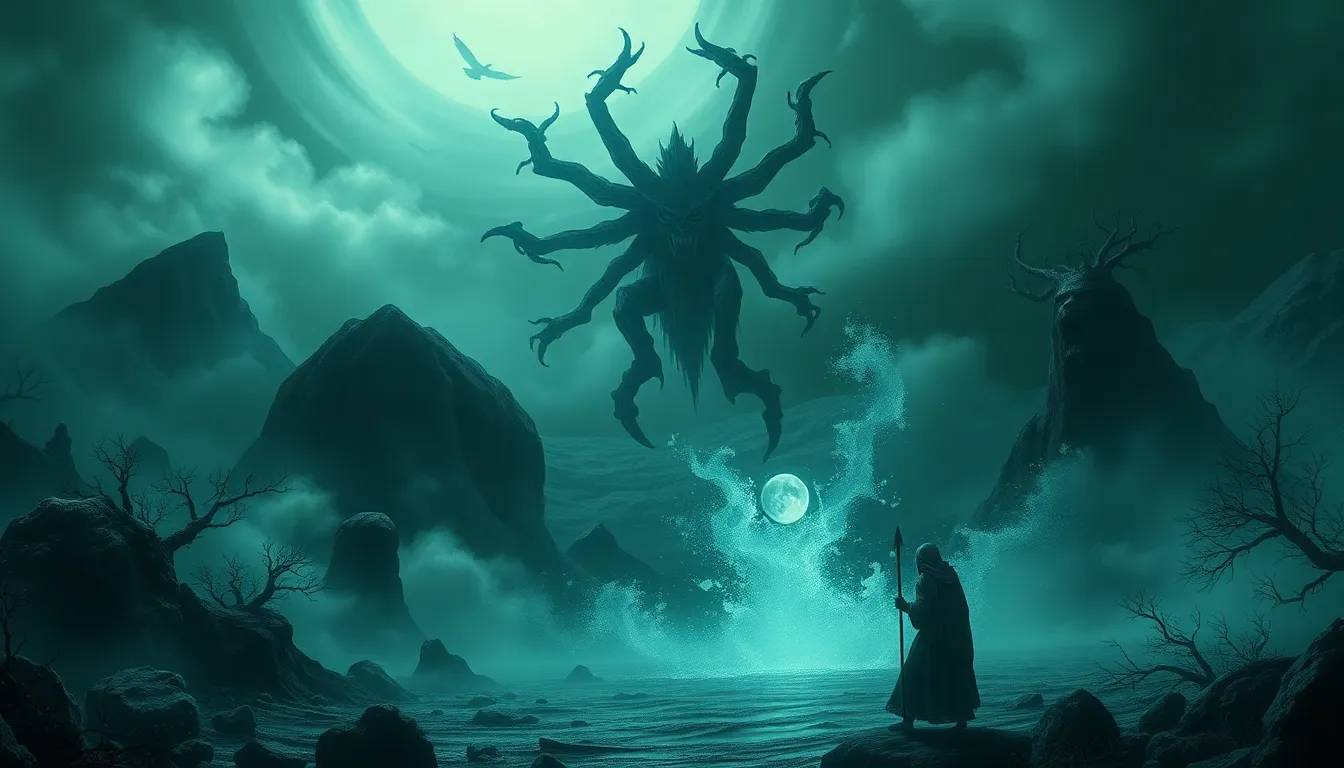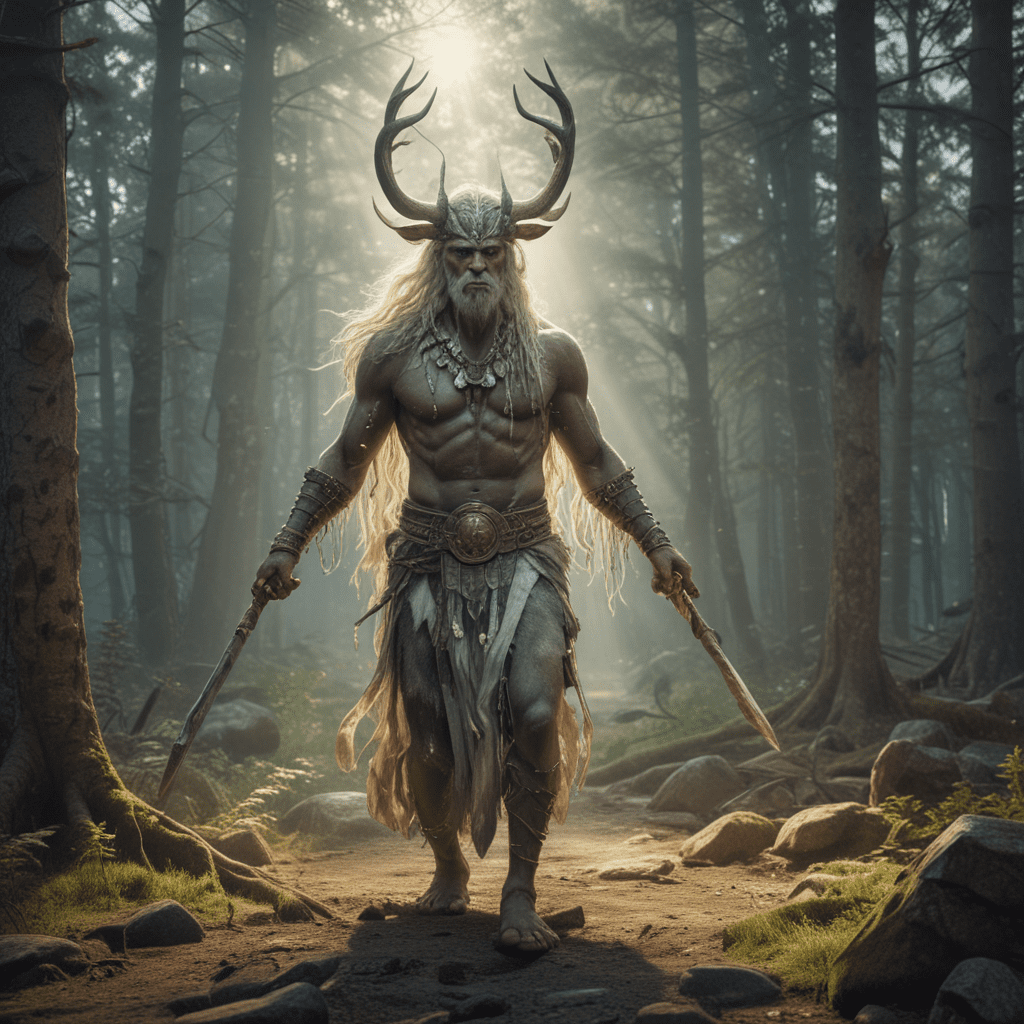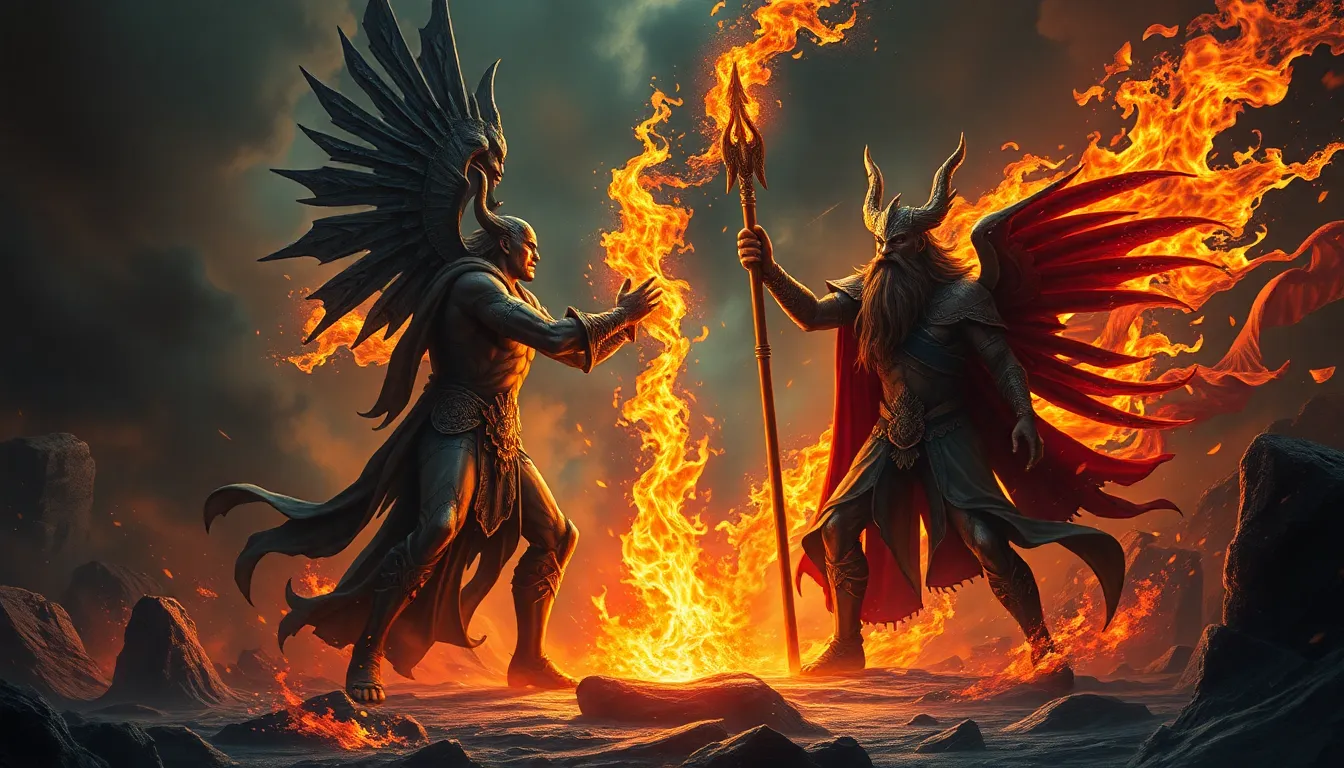1. Introduction to Amazon Rainforest Tribes and Their Mythology
The Amazon rainforest, spanning an area of over 5.5 million square kilometers, is home to an estimated 400 indigenous tribes. These tribes, isolated from the rest of the world for centuries, have developed unique and intricate mythologies that play a fundamental role in their cultural, social, and environmental beliefs. Their myths provide a lens into their worldview, their understanding of the cosmos, and their relationship with the natural world.
2. The Creation Myth: Origins of the Rainforest and Its People
The creation myth is a central aspect of Amazon rainforest mythology. It narrates the genesis of the rainforest, its inhabitants, and the supernatural forces that govern their existence. Many tribes believe in a creator deity or deities who shaped the world from chaos and gave life to the plants, animals, and humans that inhabit it. These creation stories often involve powerful spirits, animals, and plants that play a significant role in the formation of the rainforest and its people.
3. The Spirit World and Supernatural Entities
Amazon rainforest tribes recognize the existence of a spirit world that coexists with the physical world. They believe that every natural feature, from rivers and mountains to animals and plants, possesses a spirit. These spirits can be benevolent or malevolent, and they influence the lives of humans in various ways. Some tribes believe in a pantheon of gods and goddesses who control different aspects of nature, such as hunting, fishing, and agriculture.
4. Animal Spirits and Totemism
Many tribes have a deep reverence for animals and believe that they possess spiritual power. They identify with specific animals known as totems, which represent their clan or lineage. Totems serve as protectors and guides, and they are often invoked in rituals and ceremonies. Animal spirits are believed to provide wisdom, strength, and healing, and they form an integral part of the tribes' cultural identity and spiritual beliefs.
5. Shamans and the Role of Mystics in Society
Shamans, also known as medicine men or women, play a crucial role in Amazon rainforest tribes. They are believed to possess supernatural powers and the ability to communicate with the spirit world. Shamans are responsible for healing the sick, performing rituals, and guiding the community through spiritual matters. They use their knowledge of medicinal plants, their connection to the spirit world, and their ability to interpret dreams to provide guidance and support to their people.
6. Hero Myths and Legends of Tribal Warriors
Hero myths are a prominent feature of Amazon rainforest mythology. These stories narrate the adventures and exploits of legendary warriors who possess extraordinary abilities and embody the values and ideals of their tribes. These heroes often fight against supernatural beings, conquer dangerous beasts, and overcome seemingly insurmountable obstacles. Their stories inspire courage, strength, and resilience, and they serve as role models for young tribesmen and women.
7. Flood Myths and the Importance of Water in Rainforest Culture
Flood myths are common in Amazon rainforest mythology. They often describe a catastrophic event that wipes out most of humanity, leaving behind a small group of survivors. These myths emphasize the importance of water in rainforest culture. Water is seen as a sacred element, a source of life and renewal, but also as a powerful force that can destroy and reshape the world. Flood myths remind tribespeople of the fragility of their existence and the need to respect the natural world.
8. Taboos, Rituals, and Ceremonies Connected to Myths
Amazon rainforest tribes have a rich tradition of taboos, rituals, and ceremonies that are deeply connected to their mythology. Taboos, such as refraining from hunting during certain periods or avoiding contact with certain animals, are believed to maintain balance and harmony in the world. Rituals and ceremonies, such as initiation rites, healing ceremonies, and festivals, provide a means for tribespeople to connect with the spirit world, honor their ancestors, and pass on cultural knowledge.
9. The Influence of Mythology on Daily Life and Beliefs
The mythology of Amazon rainforest tribes has a profound influence on their daily life and beliefs. It shapes their worldview, their understanding of the natural world, and their relationship with the supernatural. The myths provide a moral compass, guiding their behavior and decisions. They also play a crucial role in maintaining cultural identity and reinforcing social norms and values.
10. Conservation and the Role of Mythology in Protecting the Rainforest
In recent years, Amazon rainforest mythology has gained increasing attention as a tool for conservation. By understanding and respecting the myths and beliefs of indigenous tribes, conservationists can work with them to protect the rainforest and its biodiversity. The myths provide valuable insights into the ecological importance of the rainforest, its interconnectedness, and the role of humans as stewards of the land. By incorporating traditional knowledge and perspectives into conservation efforts, we can create more sustainable and effective approaches to protecting the rainforest and its cultural heritage.
FAQs
Q: Are Amazon rainforest tribes still isolated from the outside world?
A: While many tribes have had some contact with outsiders, there are still several uncontacted tribes living in remote areas of the rainforest.
Q: What is the role of shamans in Amazon rainforest society?
A: Shamans are highly respected individuals who provide healing, guidance, and spiritual leadership to their communities.
Q: How do flood myths influence the behavior of rainforest tribes?
A: Flood myths remind tribespeople of the importance of respecting water and the natural world, as well as the need to be prepared for disasters.



